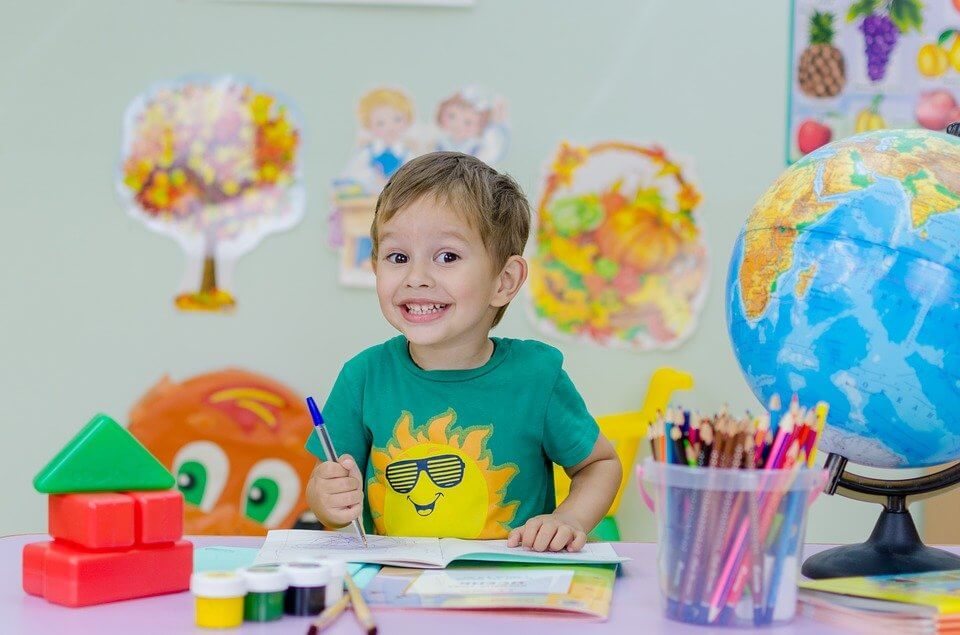
Back to school season is a busy and exciting time. There are school supplies to buy, orientation to attend, and a new routine to adjust to. Parents shouldn’t forget to add an eye exam with their local optometrist to the top of their back to school checklist.
Undiagnosed Vision problems Can Hinder Learning
According to the Vision Learning Center of America, 80% of learning in the classroom is visual. Undetected vision problems may hinder a child’s ability to learn and develop.
Another staggering statistic?
1 in 4 children have an undetected vision problem in the United States, according to the American Optometric Association.
A child’s vision is still developing, and is prone to change, even throughout the school year. This is why it is important for parents to have their child’s vision checked annually before the start of a new school year.
Symptoms of Vision Issues in Children
When a child has a vision related condition, learning can be difficult and stressful. Many are even misdiagnosed with conditions like ADHD.
Children are typically unaware that they have a vision condition, and try to complete their work (just with lower comprehension & efficiency).
Common Signs that Your Child Has a Vision Problem:
- Headaches
- Complaints of discomfort and fatigue
- Frequent eye rubbing or blinking
- Short attention span
- Avoiding reading and other close activities
- Covering one eye
- Tilting the head to one side
- Holding reading materials close to the face
- An eye turning in or out
- Seeing double
- Losing place when reading
- Difficulty remembering what he or she read
Credit: American Optometric Association
Myopia on the Rise in Children
The number of myopia (nearsightedness) cases in children has sharply risen in the past decade, and is one of the largest problems impacting children’s vision in the U.S. In the U.S. 40% of children are already myopic (over 14 million children). This number is estimated to be 50% by 2050.
Why the drastic rise in myopia ? Experts believe that a global decrease in time spent outdoors coupled with an exponential rise in screen time is to blame.
Myopia in children will progress until around the age of 20, when the eye stops growing.
Due to the progressive nature of the condition in children, it is vital that they have regular eye appointments and a treatment plan in place to slow the progression. This is another reason eye doctors encourage annual eye exams for children.
School Vision Screenings vs. Eye Exams
While it’s tempting to rely on vision screenings provided by schools, these superficial visual acuity tests can identify only a limited number of eyesight problems. A child can have 20/20 vision and still have vision issues relating to eye focusing, eye tracking, and eye coordination (issues that a vision screening will not catch).
Only a comprehensive eye exam conducted by an eye doctor can accurately diagnose and address a wide range of problems related to vision and eye health.
Schedule a Comprehensive Eye Exam
At Mill Creek Family Eye Center, our optometrists specialize in pediatric eye exams and myopia management. Let us help you set your child up for a year of successful learning.
